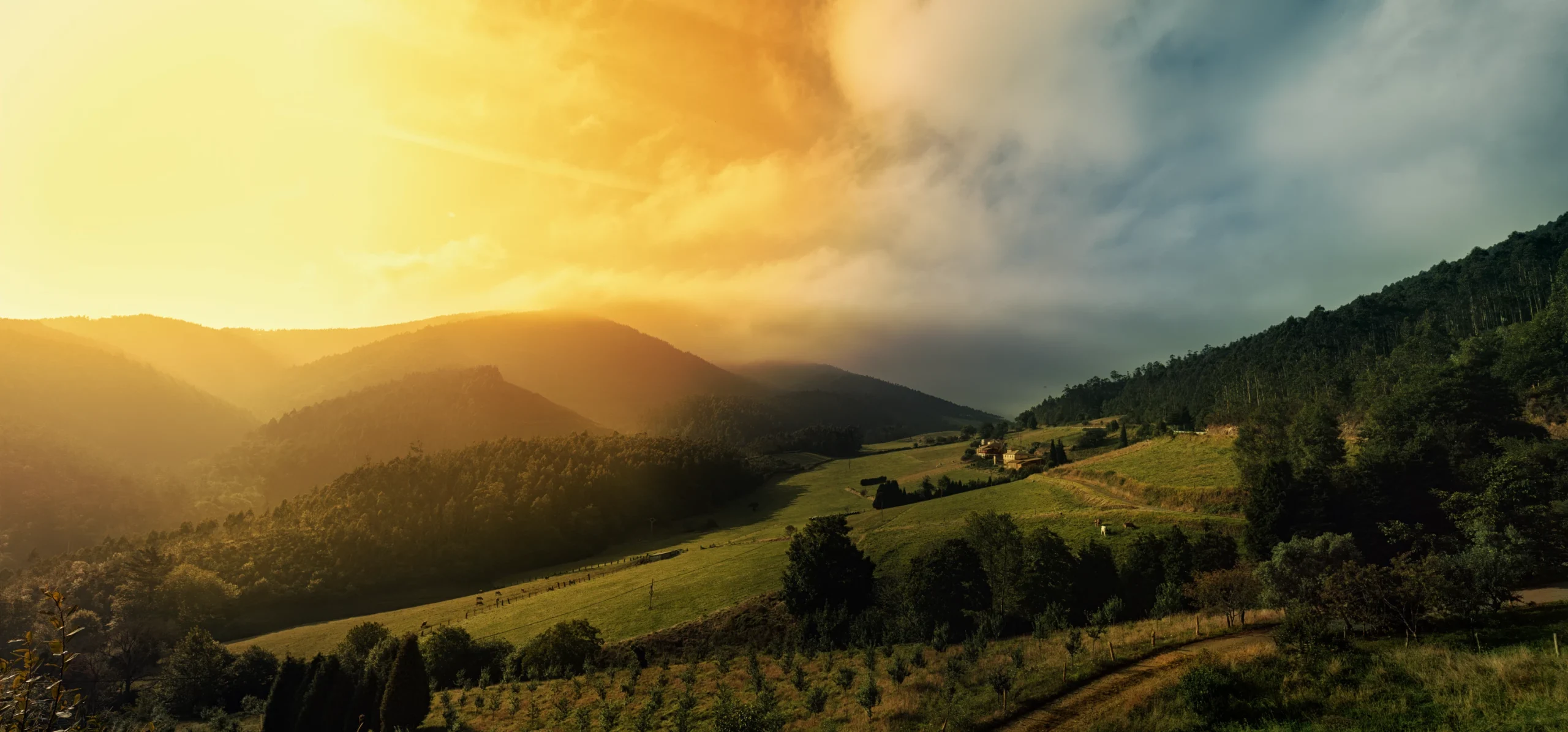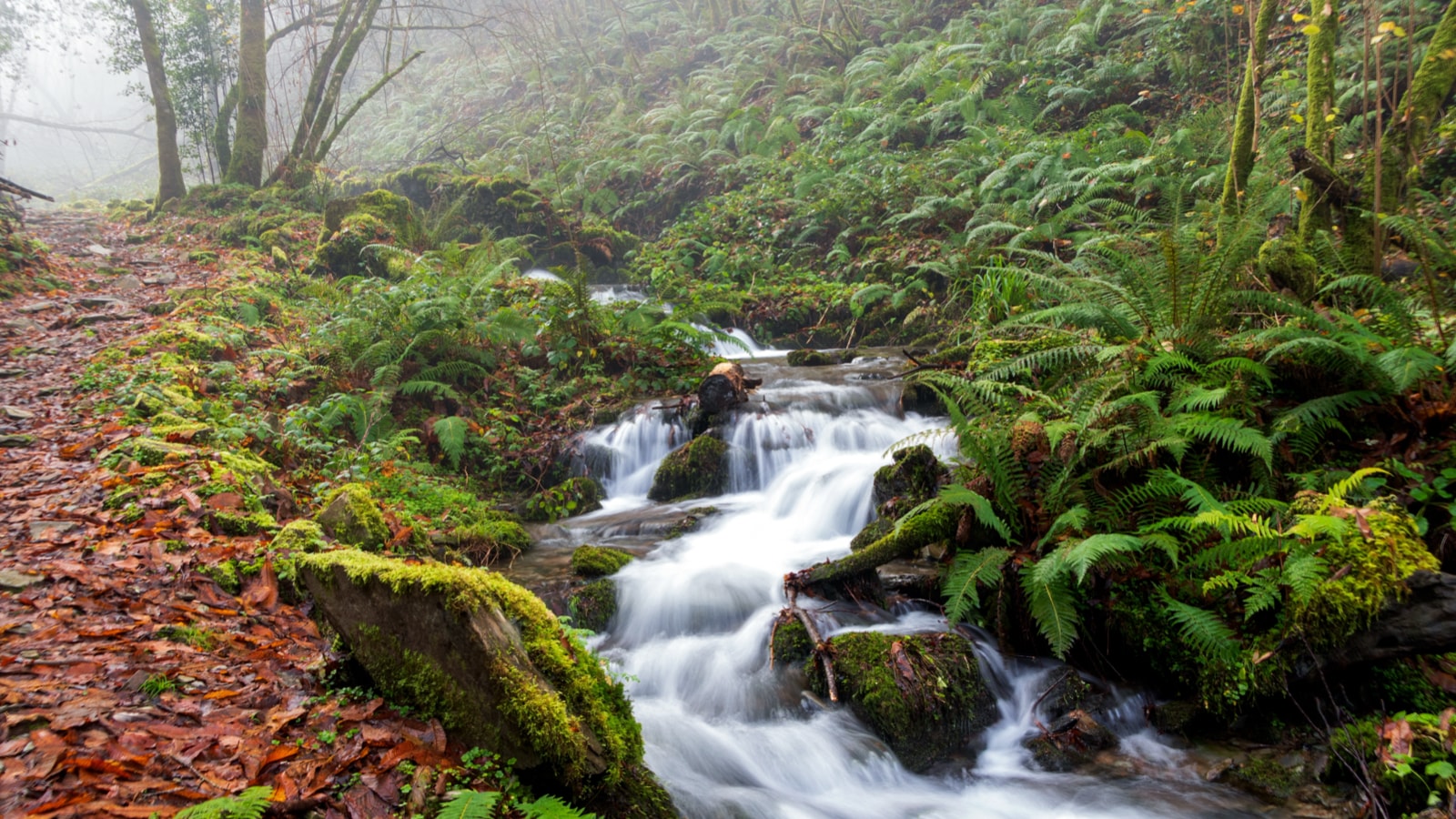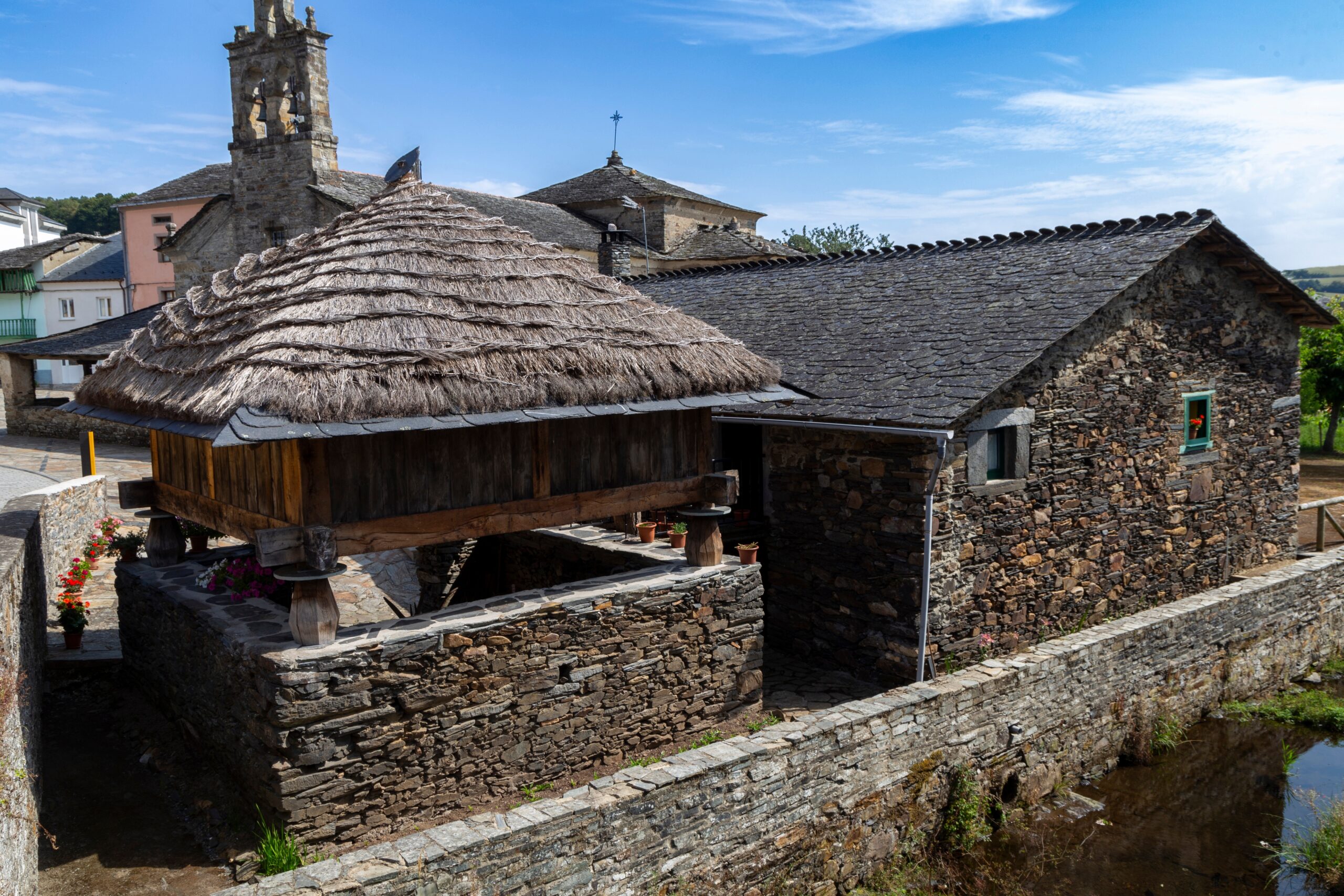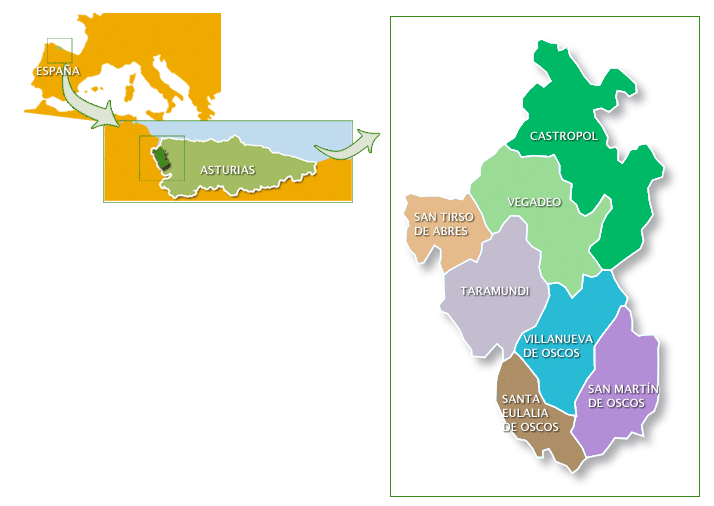The Oscos-Eo region
Redacción Oscos-Eo 04.04.2025
The Oscos-Eo region is located in the extreme west of the Principality of Asturias, 150 km from Oviedo and bordering geographically with the province of Lugo.
It is made up of the following councils: Castropol, San Martín de Oscos, San Tirso de Abres, Santa Eulalia de Oscos, Taramundi, Vegadeo and Villanueva de Oscos.
It occupies an area of about 500 square kilometers, and the current population is less than 10,000 inhabitants.
Geographically Oscos-Eo occupies a strip of land located between the Cantabrian Sea and a plateau to the south. The whole territory is crossed by numerous rivers and mountain ranges, with a maximum height of twelve hundred meters in the Sierra de la Bobia.
It can be divided into two distinct subzones:
The Eo basin, which includes the councils of Castropol, Vegadeo, San Tirso de Abres and Taramundi and Castropol, which groups the plains and valleys of the Eo river and its tributaries, and Los Oscos, formed by Santa Eulalia, San Martín and Villanueva de Oscos, located in the southern and highest part of the region, which form a plateau area slightly oriented to the south.
Water is present throughout the territory, due to the large number of watercourses that cross it and a very important part of the surface is occupied by woodland, with eucalyptus crops in the lower part and native oak and birch forest, and scrubland in the higher part.
Oscos-Eo is an eminently rural region, with a dispersed population system and a very important occupation in the cattle sector. The landscape is humanized, around multiple small villages that preserve the traditional architecture of the area, using the materials of stone, slate and wood.
The traditional dwelling is made up of a group of buildings that form a productive unit and serve both as a dwelling and as a place of work and shelter for belongings and animals. The main building, used for housing and stables, is complemented by various outbuildings such as granaries, granaries, cabazos, cabanones, haystacks, pigeon lofts, sheds, etc.
There are other architectural elements that complete these family units, such as hydraulic mills, hydraulic mallets for traditional iron works, curtains to protect the beehives, corripias to store the chestnuts, etc.
In turn, this traditional architecture is manifested in a multitude of chapels and hermitages, washing places, fountains, troughs and bridges.
In relation to traditional craftsmanship, the region preserves an important production of traditional cutlery and other iron works, as well as other singular crafts such as riverside carpentry or chiastolite carving works.
The Oscos-Eo region is the Asturian part of the Biosphere Reserve Río Eo Oscos and Terras de Burón, a reserve of which seven other Galician municipalities are part. In addition, several of the natural resources of the territory have other environmental recognitions such as: The Eo Estuary is Partial Nature Reserve, Special Protection Area for Birds and Ramsar Wetland, this estuary with the entire Eo River is Site of Community Interest and also has this recognition the Agueira Basin and Penarronda Beach, the latter also Natural Monument.
More from the Blog
-
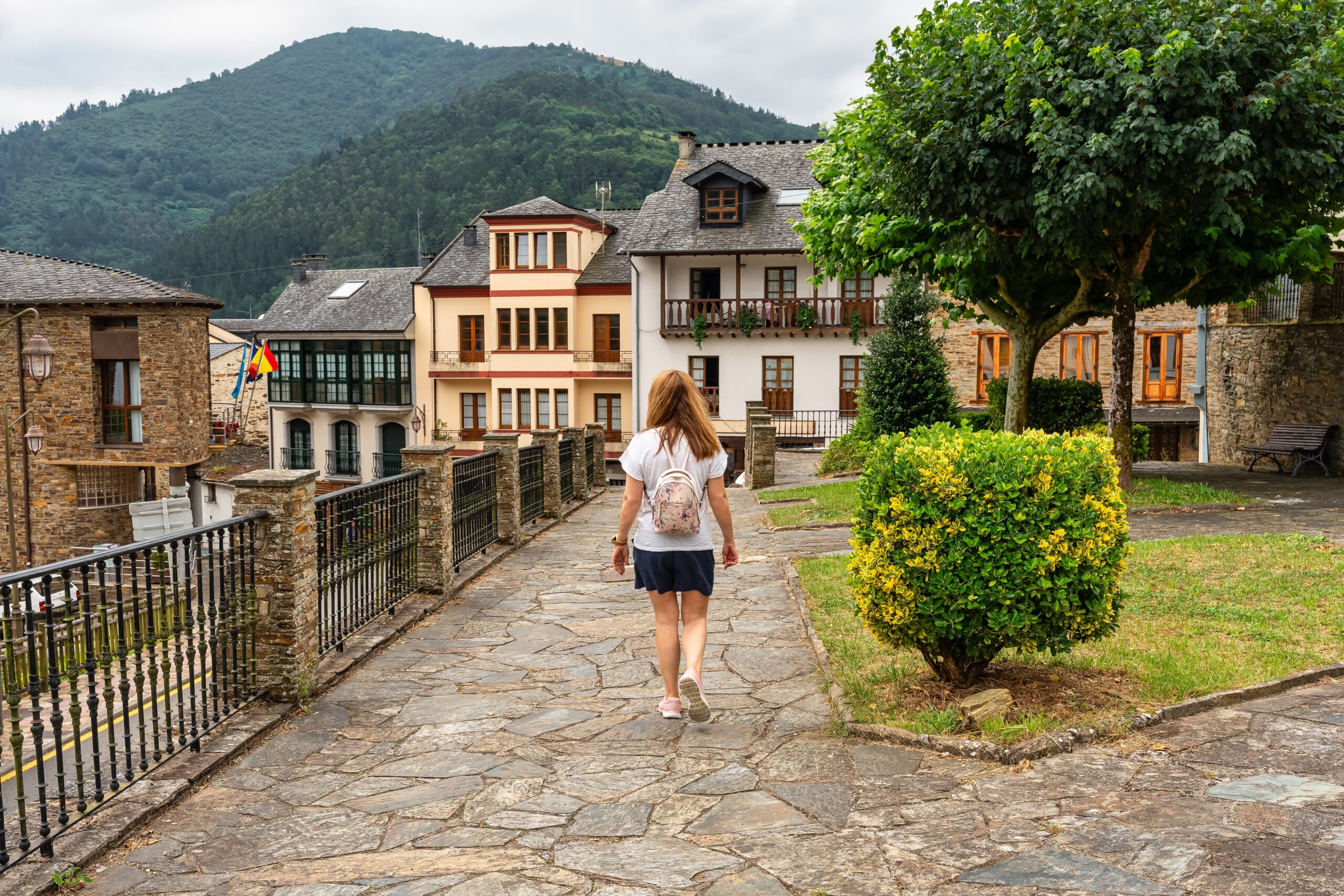
- 08.04.2025
- By Redacción Oscos-Eo
7 hiking trails to enjoy the charm of Oscos-Eo
The Oscos-Eo region, Biosphere Reserve, Eo River, Oscos and Terras de Burón, offers visitors a wide variety of walking routes to enjoy the beauty of a unique landscape.
-
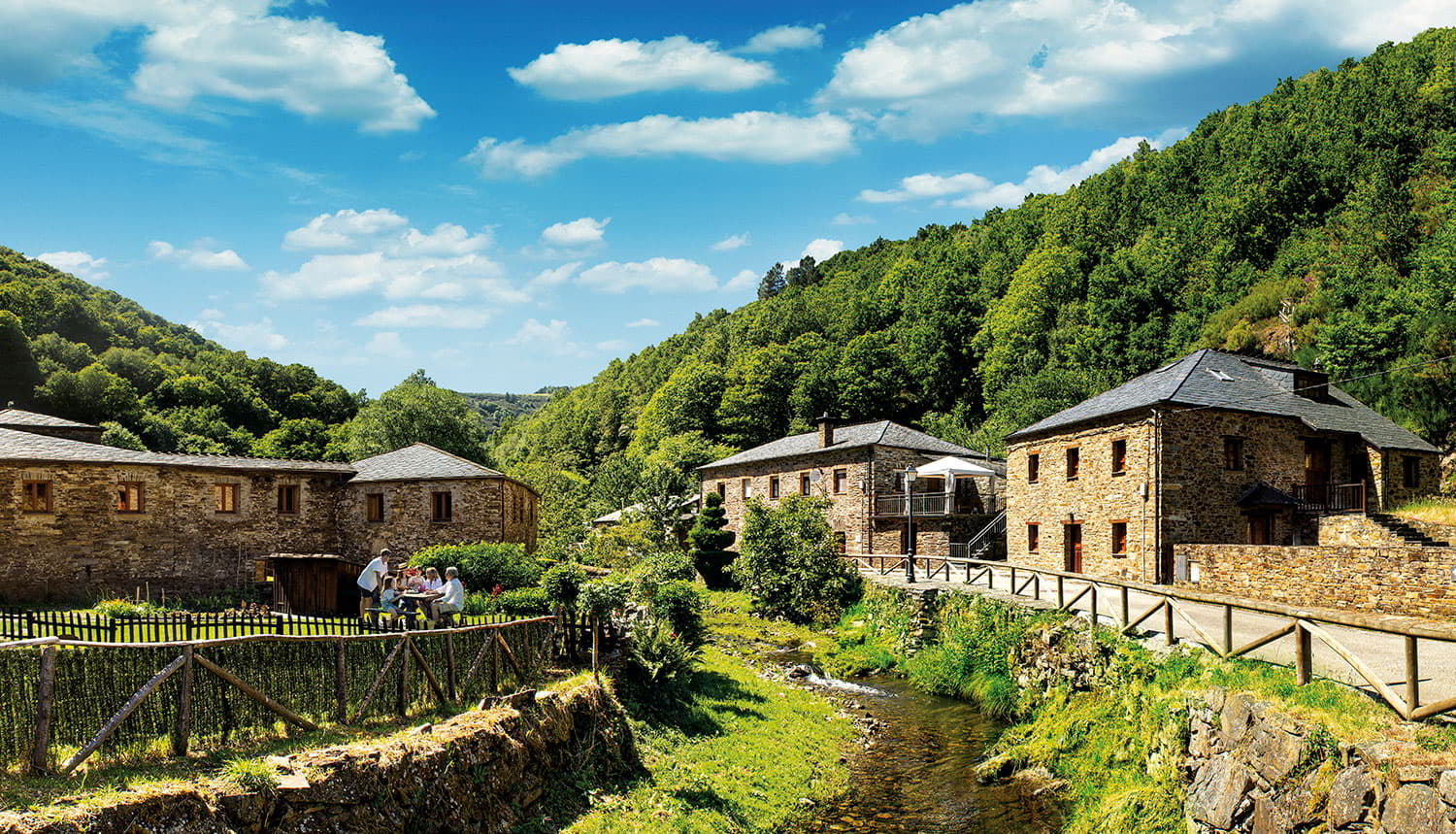
- 07.03.2025
- By Redacción Oscos-Eo
Los Oscos, Exemplary Town of Asturias 2016
A tour of Los Oscos, brand new Exemplary Village of Asturias 2016, taking the witness of San Tirso de Abres and Castropol, which were previously.



